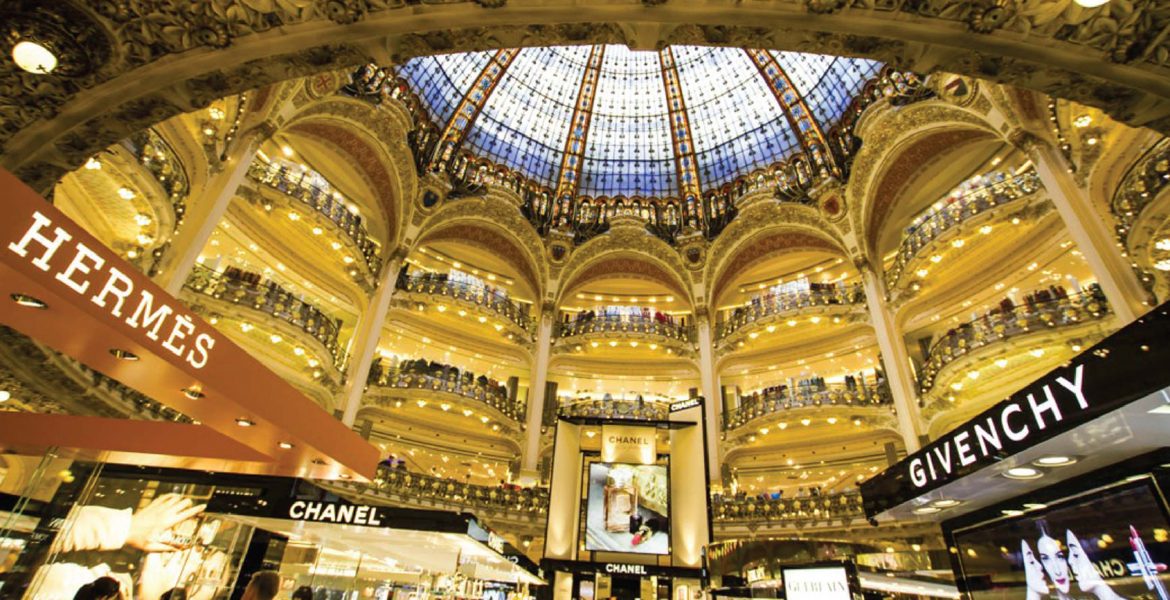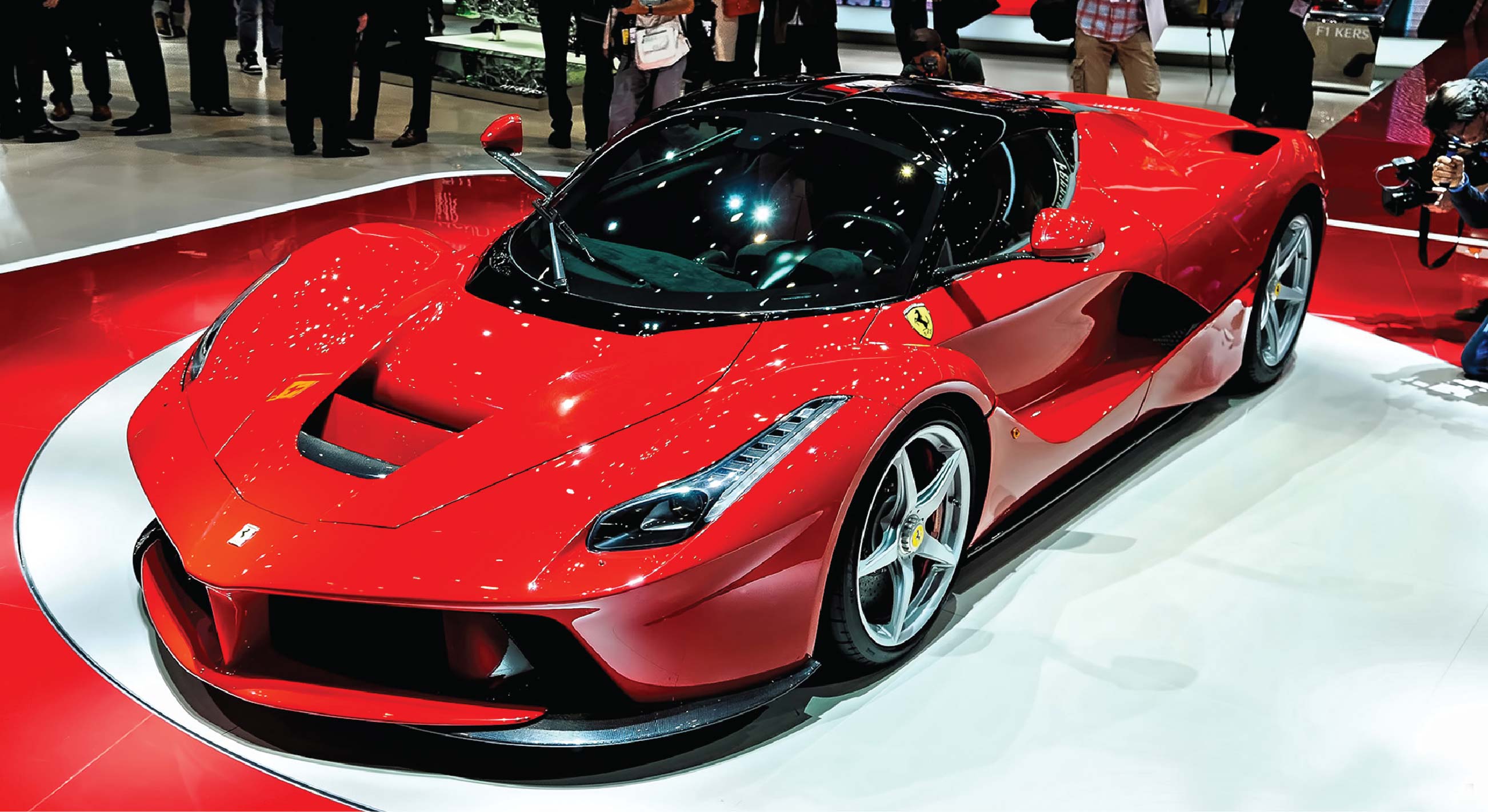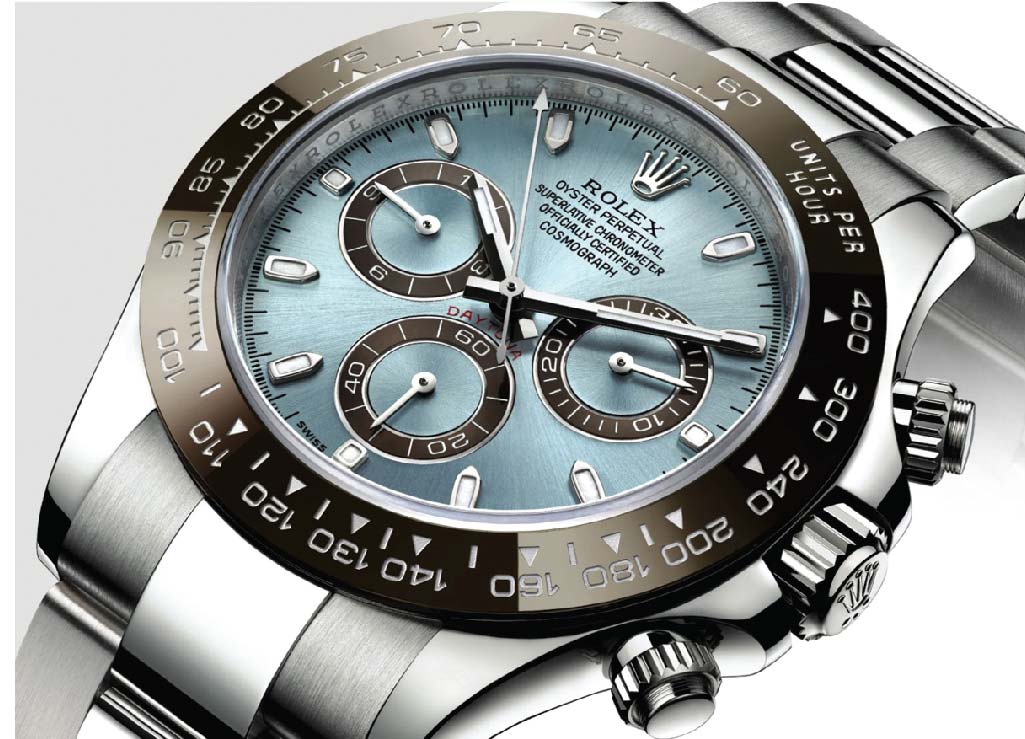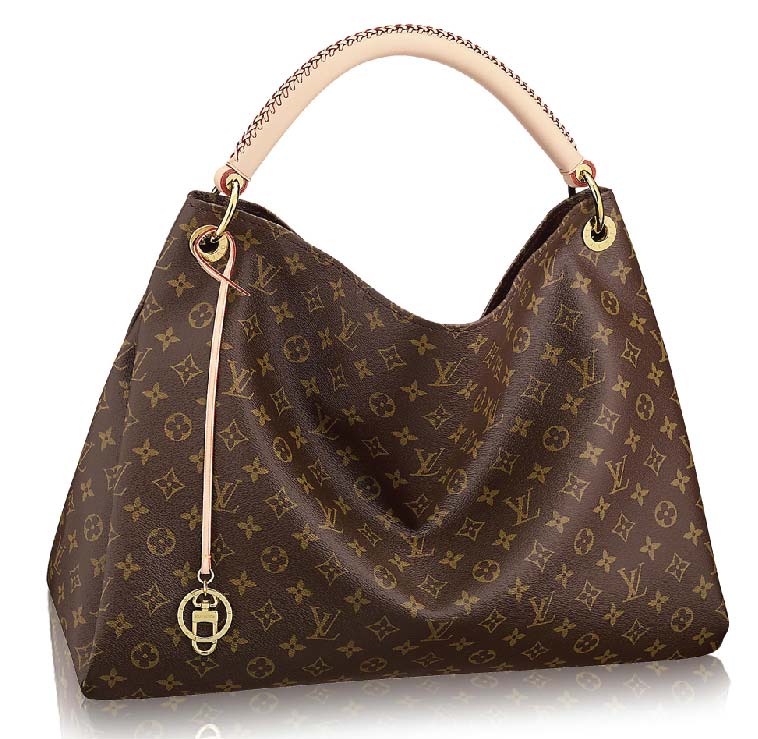From space tourism to jewel encrusted water bottles there has been an increase in the sale of ‘non-essential’ goods and experiences, fuelled by a global rise in wealthy consumers. Derived from the Latin word ‘luxus’ meaning excess, the concept of luxury is constantly evolving and subjective to individual and cultural perspectives. Cultural dynamics help inspire ideas that deliver a brand experience in order to indulge, enlighten and influence consumers. Culture informs media and media drives culture. Consumers in different regions have different value perceptions. Understanding value dimensions as motivational drivers of luxury products help us appreciate its diversity.
Classifications
The ‘rational functionalists’ are consumers who value performance of a luxury brand and are predominantly German and US customers. They associate luxury products with functional value with focus on quality, performance and prestige. “Manufactured in America, Timberland although costly, is still likely to last longer saving money in the long run,” explains American expatriate Anderson living in Dhaka. The French and Italians are ‘luxury lovers’ and believe that high-end goods are exclusive, unique and cannot be mass-produced. “I’ve always marvelled at the battle between Mercedes and BMW. To me, it’s antithetical to be simultaneously exclusive and the most popular at the same time,” says Benedicte from France. The consumers who focus on brand consciousness and self-satisfaction, regardless of the price or quality are the Chinese and Arabs. Finally, the Spanish who are often categorised as the ‘Satisfied Unpretentious’, emphasises on quality over prestige and are less focused on impressing others. “Flying first class costs more, but I can sleep a full six hours and go to a meeting as soon as I land,” explains Javier from Spain. However, classifications are too simplistic and consumers across regions tend to have a mixed bag of expectations and motivations to buy luxury services or products.
The ‘New Rich’ Stigma
For the Indian and Bangladeshi consumer, the social is equally important as the individual dimensions. Puja an executive in India says, “ When I walk into a meeting, I want people to think, ‘wow she looks great’.”At 34, she holds MBAs from both the Indian Institute of Management Calcutta, and Cornell University in the US and yet believes that one’s entire ‘getup’ speaks volumes about how you are representing yourself. Gone are the days where only qualifications were sufficient. Many start out by consuming luxury as an indulgence, but come to regard it as a necessity. Buying luxury is more than appreciating fine craftsmanship; it is an affirmation of one’s accomplishments to oneself. Asif, young entrepreneur from Dhaka, says, “I am not one to buy brands just to be seen in it, I buy it because I feel I deserve the best.”
The working class did not grow up in luxury and Puja’s mother often told her: “You can see but not buy.” Yet she believes in living in the moment. Luxury is, of course, not new to the Indian subcontinent. Royalty and the affluent classes have indulged in it throughout the ages. However, it is no longer the preserved for ‘old money’ and those who have flourished in the last twenty years, after the age of liberalisation, are redefining it. “There is an undertone class struggle among the ‘old rich’ and ‘new rich’ with the former looking down on those who splurge their cash” adds Asif. Yet it is the ‘new rich’ market that is fuelling the growth in luxury goods across the subcontinent.
Global Giants
Unlike the Indian subcontinent consumers, China doesn’t have a living heritage to influence their tastes. The ‘cultural revolution’ wiped out their imperial past and thereby gave luxury marketers a clean slate. For these consumers a large part of the attraction is also to see the home of the brand and experience the heritage of these sites. As a result Chinese and Russian consumers have come to dominate the global travel trade. Though all luxury brands have large retail stores back home, a mix of competitive prices, wider selection in Europe and the ‘brag factor’ back home, gives them all the more reason to buy luxury at source. For these consumers, very little beats the story of going to Louis Vuitton in Paris, or to Burberry in London or Valentino in Rome. Asian markets such as Singapore, Japan and Dubai have been trying to woo these customers as a shopping destination for luxury products, yet essentially it still remains a flow from East to West.
The Oil Rich
The rich gulf Arabs who have come under immense criticisms for not doing their share for the Syrian refugees while they continue to spurge on luxury. Since the oil money started flowing in the 1970s there has been no cramping in living large. As elsewhere, wealthy Arabs like to wear famous brands now. Customised expensive luxury items are in the rage. From custom-made 24-carat gold iPads to a Bengal tiger for decoration at a party to a pygmy goat as a present, luxury can be the ultimate status symbol. The conservativeness of Arab society also drives demand for custom-made entertainment. The rich increasingly want to spend their money on experiences rather than objects. In the Arab luxury market, brands like Beckham can be as valuable as Cartier, Gucci or Rolls Royce.
During my recent visit to Iran I was surprised to see roadside billboards advertising from Rolex to Louis Vuitton and the glitzy shopping centres that have sprung up in major cities across the country. After decades of austerity following the Islamic Revolution, middle-class Iranians have developed a taste for high-end designer goods. For Tehran’s younger generation, shopping has become the new religion. “Exposure to foreign trends through the internet and satellite television has created a desire for branded products,” says Reza our guide. He also explained that a group of rich young locals have taken to show off their indulgences in luxury on an Instagram page known as ‘Rich Kids of Tehran.’ International banking sanctions placed against Iran over its nuclear program made it extremely difficult for retailers to get their profits out and now with the prospect of these sanctions being lifted with a nuclear deal reached, big brands are waking up to the potential of a barely tapped market.
Frugality can get you far, but should you feel guilty for indulging in a luxury that actually improves your life? When money can buy happiness, use it. It may seem frivolous to some, but if it brings you real value, then it’s worth it.





